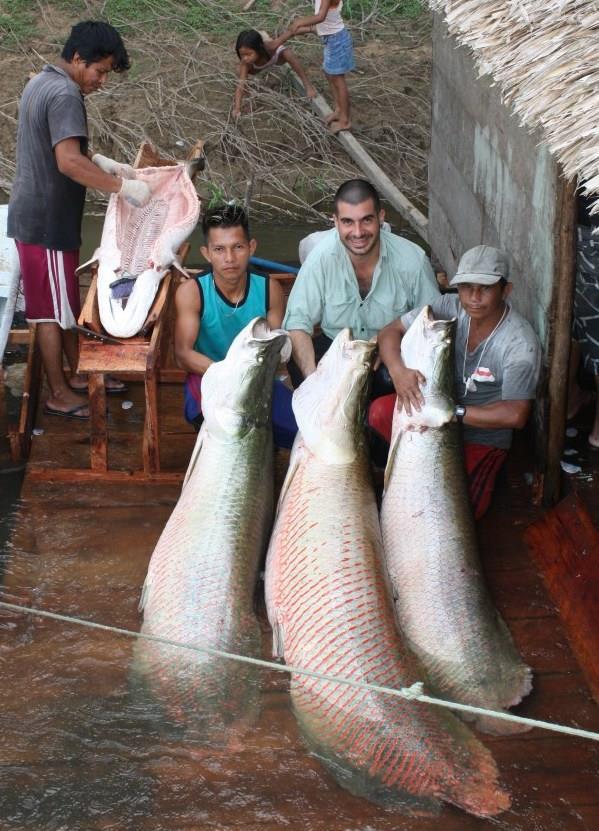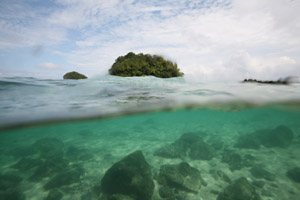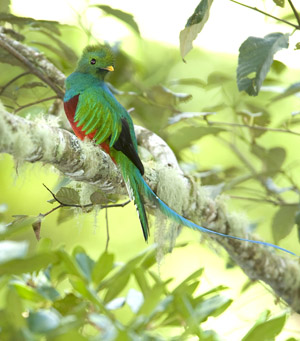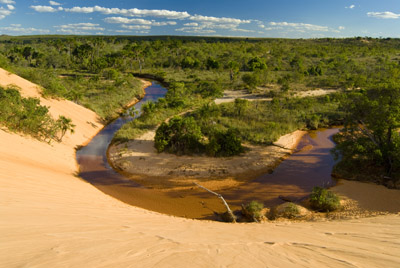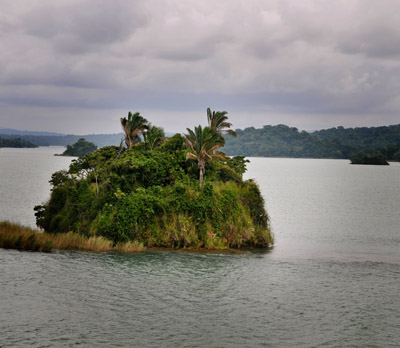News
In November, the Margaret A. Cargill Foundation's Environment Program awarded CSF $100,000 as part of our expanding marine initiative. This award will fund a decision-makers workshop and a mentored groundwork field analysis.
On November 12th, in Brasília, Brazil, 30 journalists from the Amazonian regional media as well as from the national and international outlets attended an infrastructure-focused workshop organized by CSF-Brasil. These professionals hailed from various organizations including O Eco, IPAM, IMAZON, WWF, and TNC. John Lyons of the Wall Street Journal, Wilson Cabral of Instituto Tecnológico de Aeronáutica, and Paul E. Little, anthropologist and infrastructure expert, were also in attendance. Speakers shared information about the impacts of infrastructure projects on ecosystem services in the Amazon. The event provided a forum to discuss infrastructure project planning as well as key environmental, social, economic and legal issues that need to be understood by society.
Conservation Strategy Fund has been working with traditional communities in Brazil to support low-impact activities in the Amazon region. These activities have subsequently grown into sustainable businesses, from both an environmental and economic perspective. The guidance CSF has given these locally-owned businesses has helped them to grow substantially and aims to eventually contribute to decreased deforestation in Brazil.
Coastal habitats worldwide produce billions of dollars in fishing and tourism income. In drawing up a management plan for one of its premier island sites, the Coiba National Park, Panama’s government was faced with decisions over how to make the most of the island gem’s economic potential without damaging its fragile ecosystems. In 2007, CSF joined the Smithsonian Institution and Conservation International to solve that dilemma.
The Arbol de Piedra, or “Stone Tree,” is a lone 20-foot rock that has been sculpted by wind and sand to look like a resilient yet stunted tree. It’s a good metaphor for the tough life on the Andean high plains, and the icon of Bolivia’s Eduardo Abaroa National Wildlife Reserve.
On a clear day from the top of western Panama’s 11,400-foot Volcán Barú, you can see the Pacific Ocean to the south and the azure Caribbean to the north. A little harder to spot is the best route around the dormant volcano, the centerpiece of the 35,000-acre Volcán Barú National Park. In 2003, CSF and The Nature Conservancy (TNC) performed an analysis to find out.
http://conservation-strategy.org?1384467323
Tanzania’s national parks teem with the big storybook animals: rhinoceroses, lions, elephants and hippopotami. Only a few parks however, have historically teemed with visitors.
Capim dourado means “golden grass” in Portuguese. Whether rooted in soil or pulled from the ground, capim dourado’s thin stems glow with a golden iridescence, and can be woven into bags, hats, baskets and even jewelry. Hundreds of Brazilian artisans in the northern state of Tocantins depend on it for their livelihood.
One of CSF’s central ideas is that we can change the world by grabbing levers connecting to very big things, and pulling at the right time. The Panama Canal qualifies as a very big thing. The hundred-year-old waterway has been the most transformative piece of infrastructure in the Western Hemisphere and, in 2000, was set to transform Panama all over again. That’s when CSF helped a small, local organization pull on one of those levers for change.
Since 1998, Conservation Strategy Fund has been committed to making conservation efforts smarter through the use of economics. To celebrate, we're going to be sharing 15 stories over the course of the next few weeks. Each of these stories reflects how CSF's unique training and research programs equip people with the ability to both calculate and articulate the benefits of doing development right. Read our first story below and follow the series through our blog or on Facebook, and share your story at [email protected].

